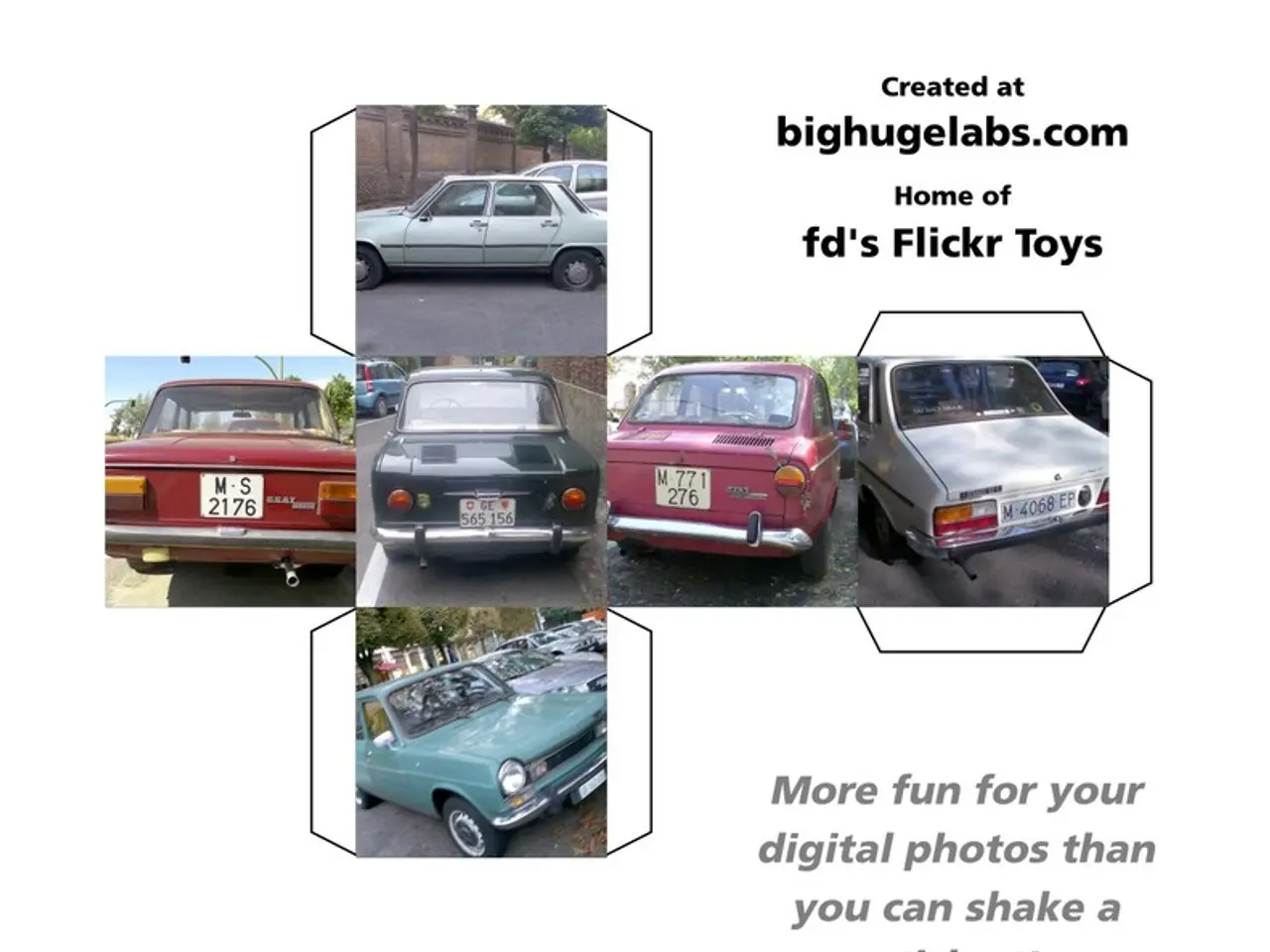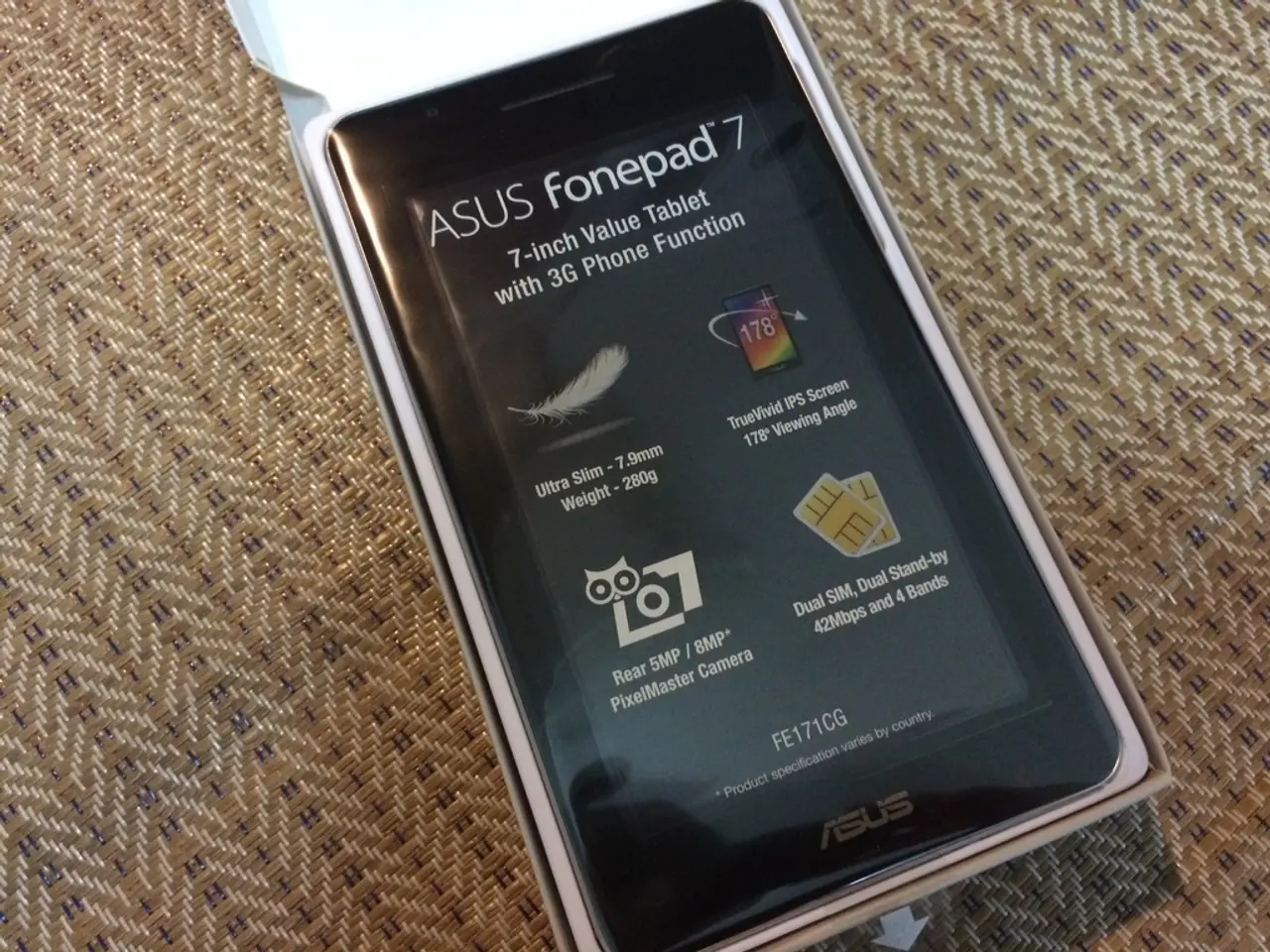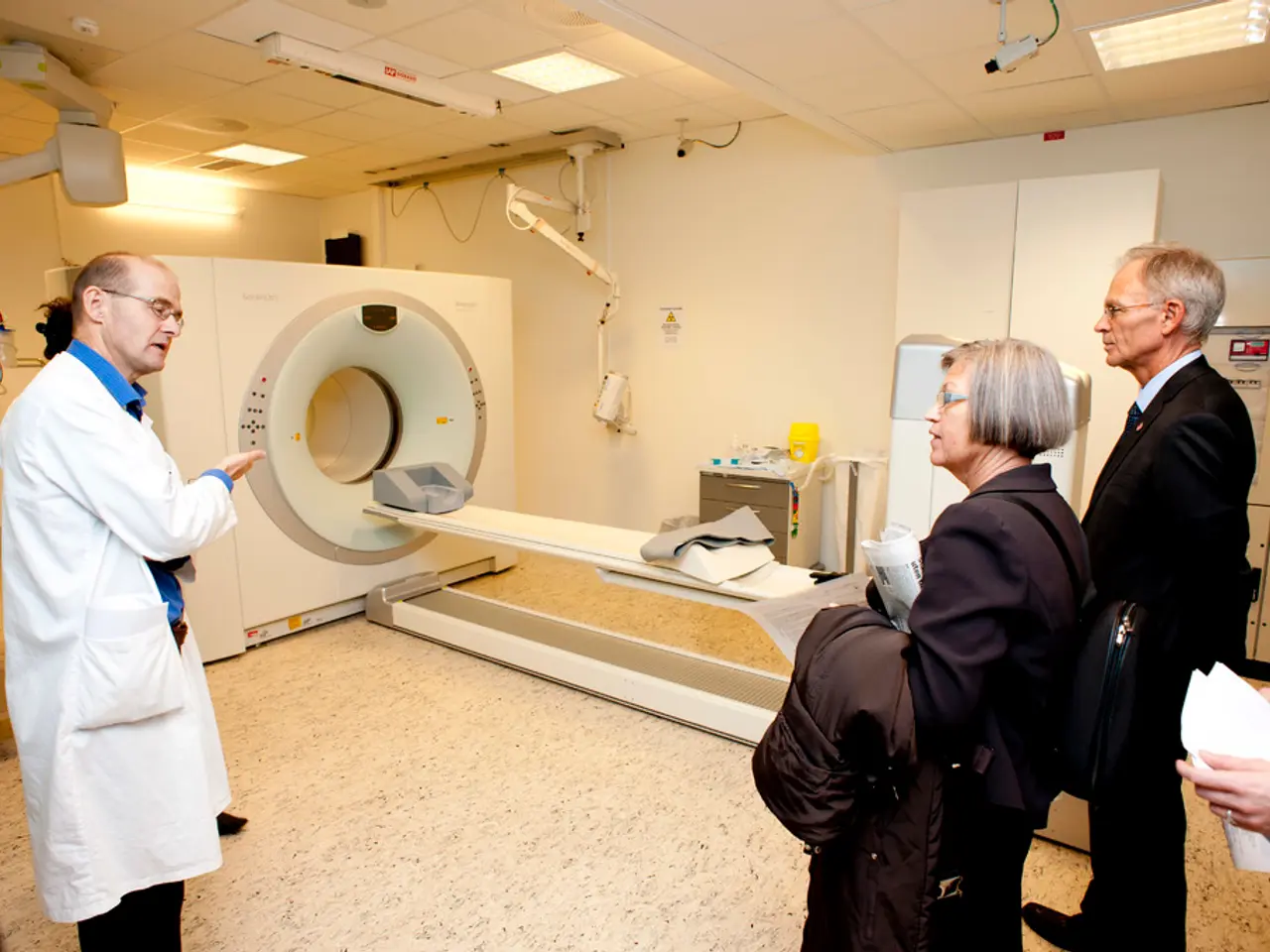Future Electric Vehicles by Rivian to Remain Relevant: Design Strategy for Decade to Come
In the ever-evolving world of electric vehicles (EVs), Rivian is setting itself apart with a unique software upgradeability strategy that focuses on long-term functionality and continuous improvement. This approach aims to extend the usable lifespan and maintain the appeal of their EVs well beyond the initial purchase.
Rivian's strategy is centred around over-the-air (OTA) updates that enhance features and user experience over time. Recent updates have improved driver assistance compatibility with hitch accessories, refined suspension behaviour, and enhanced climate control efficiency. The company explicitly plans to support vehicle software for 7 to 10 years, showing a long-term commitment to its products.
One of the key elements of Rivian's strategy is the development of its own operating system that runs on multiple sets of hardware. Upcoming models, such as the R2/R3, focus on simplified vehicle architectures with fewer electronic control units (ECUs) and wiring harnesses, which helps reduce complexity and may increase update reliability and serviceability.
Rivian's software development strategy is flexible and modern enough to run on different versions, allowing the company to prioritise adventure readiness and unique features like tri-motor all-wheel drive and rooftop tent options. This focus on niche market needs is less common among other brands oriented purely towards commuter EVs.
To further boost scale and service, Rivian has entered into a $5.8 billion deal with Volkswagen and is expanding its production and service infrastructure. This strategic alliance is a step beyond typical update strategies, focusing on holistic vehicle lifecycle care.
The benefits of Rivian's software upgradeability strategy are numerous. With robust OTA updates that keep improving ride dynamics, driver assistance, and charging performance, Rivian vehicles can retain modern capabilities longer, delaying obsolescence and enhancing resale value. Continuous software tuning means owners experience real improvements post-purchase without hardware modification.
The simplification in hardware and durability-focused design choices also help ensure fewer mechanical failures and easier updates, potentially lowering maintenance costs over time compared to vehicles with more complex setups. However, Rivian has faced service delays and costly post-warranty repairs, which could undermine perceived longevity if not fully resolved by infrastructure scaling.
In conclusion, Rivian’s software upgradeability strategy emphasises sustained improvement and adaptability aligned with its rugged adventure vehicle identity, supported by hardware simplification and strategic partnerships. This contrasts with some other automakers who may focus more on initial reliability or mass-market appeal. The result is a vehicle line designed to maintain and even enhance functionality over a 7-to-10-year span, promoting longevity and ongoing owner satisfaction.
- Rivian's strategy of over-the-air updates for electric vehicles focuses on long-term functionality and continuous improvement, with recent updates improving driver assistance, suspension behavior, and climate control efficiency.
- Rivian's software development strategy is supported by the development of its own operating system, which runs on multiple sets of hardware, allowing for flexibility and modernity across different versions.
- Rivian's focus on adventure readiness and unique features like tri-motor all-wheel drive and rooftop tent options sets it apart from other brands oriented towards commuter EVs.
- Rivian's software upgradeability strategy can retain modern capabilities longer, delaying obsolescence and enhancing resale value, while also potentially lowering maintenance costs over time due to hardware simplification and durability-focused design choices.




